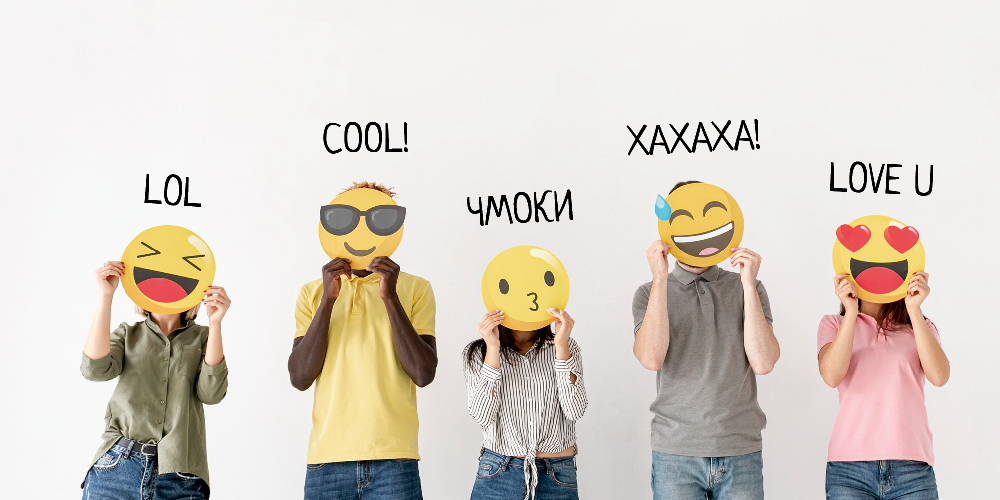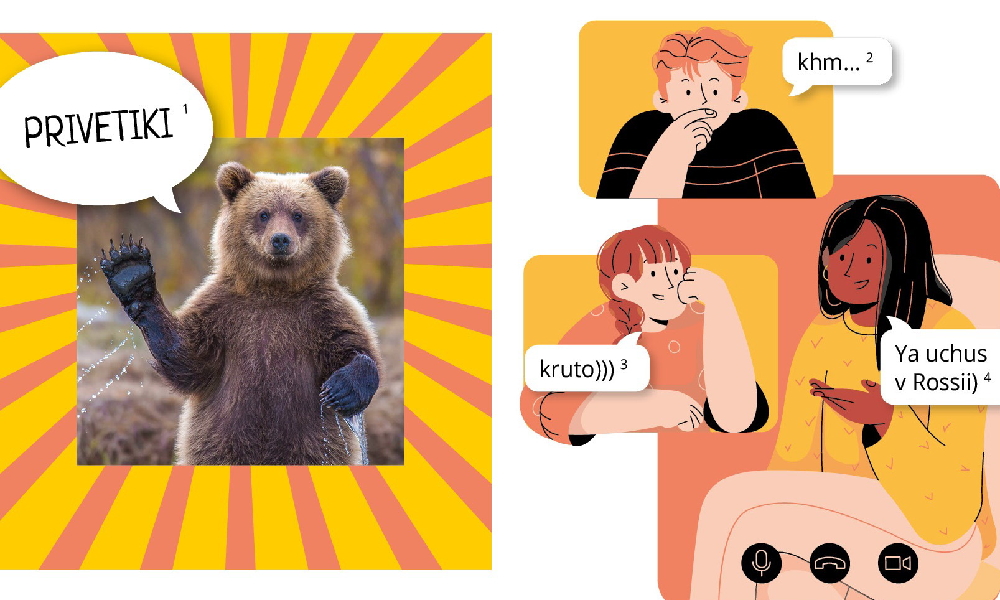Language is constantly changing, and the Internet and social media platforms change it even more rapidly. Emoji, smileys, missing punctuation marks have become a conventional and fast way to get across your thoughts and mood to the person you are communicating with. But are they always appropriate? How has the Internet changed our language, and are there any internet communication standards?
Traditionally, verbal communication used to be divided into spoken and written communication, but the advent of the Internet and messengers has rendered this clear classification obsolete. Linguists have even introduced a new term, "oral-written communication." On the one hand, we formally use graphic symbols for communication. On the other hand, we use language in fast and spontaneous dialogues, which can often be informal and hasty. Due to this, Internet language takes plenty of oral communication features or makes play with its peculiarities in a certain way.
As traditional written communication cannot show gestures, facial expressions, and intonation, Internet language has developed some replacing tools. For example, emoji pictures are intended to convey the speaker’s emotions. In real oral communication, this function is performed by intonation, facial expressions, and gestures, but the written text has very few traditional tools to convey emotions—that's what accounts for the popularity of emoji.
However, sometimes they can also cause some problems. For example, what do palms clung together mean? Gratitude, kind request, prayer, applause, the high five?
You should use such ambiguous emoji carefully, making sure that their meaning can be discernible from the context.
To show facial expressions and intonation in written communication somehow, people not only introduce new communication tools but also reinterpret the old ones.
Thus, capital letters have come into sharp focus. The capitalized WORD is now used to indicate shouting, a raised voice. For this reason, people even jokingly say, "Don't yell at me with your caps." However, sometimes Caps Lock is just used to highlight the most important words or text heading, but even this irritates or hurts many people because capital letters still have a very aggressive connotation.








